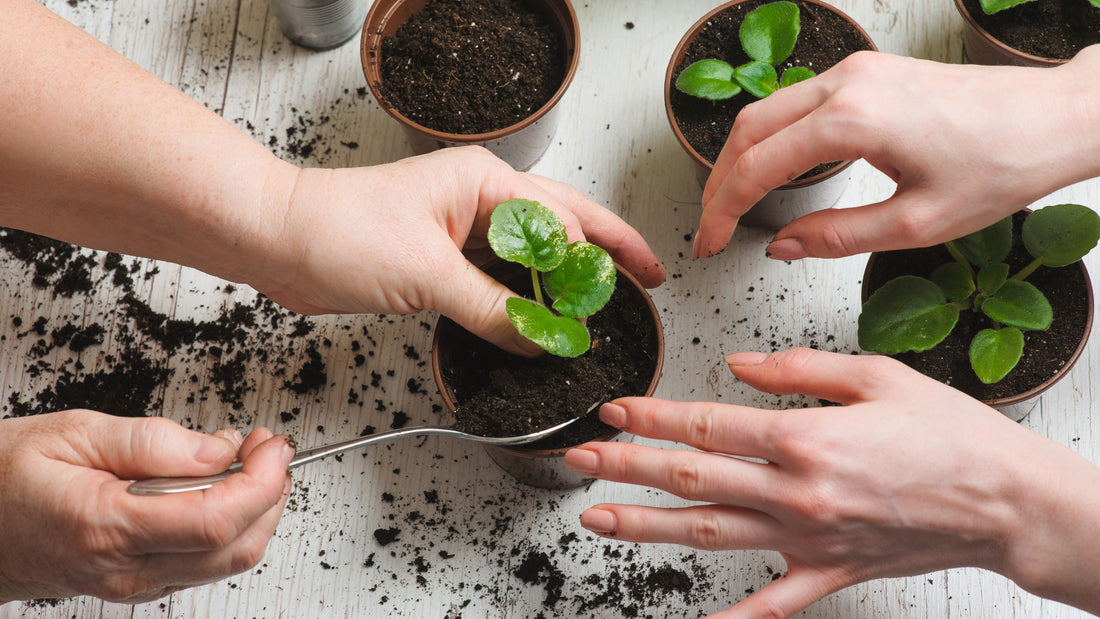Here are some basic steps for growing plants as a beginner:
- Choose the right location for your plants. Some plants need full sun, while others prefer shade. Make sure to research the specific needs of the plants you want to grow.
- Prepare the soil. Make sure the soil is loose and well-draining. You may need to amend the soil with compost or other organic matter.
- Choose the right plants. Start with easy-to-grow plants such as herbs, succulents, or vegetables like tomatoes or cucumbers.
- Plant at the right time. Make sure to plant at the appropriate time for your area. Most plants should be planted after the last frost date.
- Water and fertilize properly. Make sure to keep the soil moist, but not waterlogged. Fertilize according to the needs of the specific plants you are growing.
- Monitor for pests and diseases. Keep an eye out for any signs of pests or diseases, and take action promptly if you notice any issues.
- Harvest and enjoy. Once your plants are established and healthy, you can begin to harvest the fruits, vegetables or herbs.
Gardening is a fun and rewarding hobby that can provide a sense of accomplishment and connection to nature. Whether you have a small balcony or a large backyard, there are many different types of plants and gardening techniques that can be used to create a beautiful and functional garden.
One of the first things to consider when starting a garden is the type of plants you want to grow. Some popular choices include vegetables, flowers, and herbs. Each of these types of plants has different requirements for sunlight, water, and soil, so it is important to choose plants that will thrive in your particular climate and conditions.
Another important aspect of gardening is proper soil preparation. The soil in your garden should be rich in nutrients and well-draining. This can be achieved by adding organic matter such as compost or manure, as well as by incorporating a slow-release fertilizer into the soil.
Once your plants are in the ground, regular watering is essential to their survival. How often and how much you water will depend on the type of plants you are growing, as well as the climate and weather conditions in your area. In general, it is best to water deeply and infrequently, rather than watering lightly and frequently.
Weeding is also an important aspect of gardening, as weeds can compete with your plants for water, nutrients, and sunlight. Regularly removing weeds by hand or using a hoe can help keep them under control.
Finally, regular maintenance such as pruning, deadheading, and staking will help keep your garden looking neat and tidy.
Gardening can be a lot of work, but it is also a great way to relax, get some exercise, and enjoy the beauty of nature. So, roll up your sleeves and get started on your own little piece of paradise. Happy gardening!

